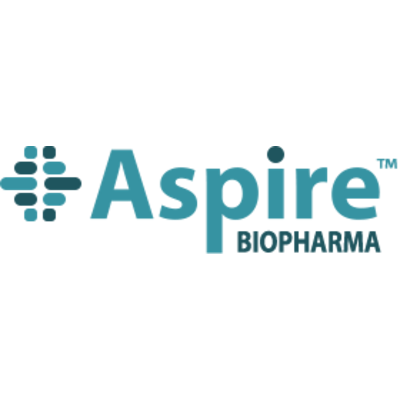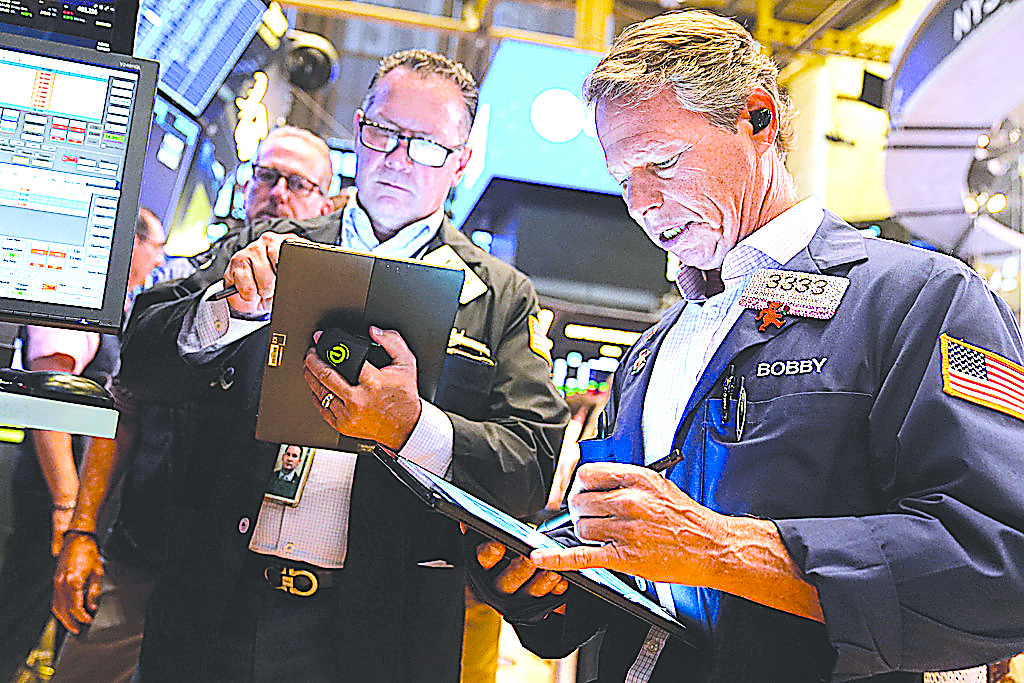Whatever the merits of the controversial test, President Trump’s decision to bring it back could mark a turning point for the American fitness industry
President Donald Trump signed an executive order on Thursday reinstating the Presidential Fitness Test, a sign that his administration may be serious about making fitness a bigger part of American life.
The Presidential Fitness Test had been implemented in American schools since the 1950s before being phased out by the Obama Administration in favor of the Youth Fitness Program, which focused more on individual health progress over one-size-fits-all testing.
While it’s unknown exactly how the new version of the Presidential Fitness Test will look, old versions tested students on movements including sit-ups, push-ups or pull-ups, shuttle runs, one-mile runs and sit-and-reach stretching exams. Health and Human Services Secretary Robert F. Kennedy, Jr. will be responsible for administering the test.
In a statement, the White House said the restoration of the test is aimed at “addressing the widespread epidemic of declining health and physical fitness” among young Americans.
“We are building a nation of strong, proud and unstoppable young Americans,” Trump added in a statement. “The Presidential Fitness Test is not just about physical strength — it’s about character, competition and confidence. Together, we are making fitness fun, competitive and cool again.”
As part of the executive order, Trump is also bringing back The President’s Council on Sports, Fitness & Nutrition, which has been tasked with developing ‘bold and innovative fitness goals for young Americans.” Current or former athletes including golfers Bryson DeChambeau and Annika Sorenstam, Kansas City Chiefs Kicker Harrison Butker and NFL legend Lawrence Taylor attended a signing ceremony on Thursday afternoon.
Whatever the merits of the Presidential Fitness Test — the exam has been criticized by some experts for its emphasis on rigid, one-size-fits-all testing — Trump’s decision to bring it back could mark a turning point for the American fitness industry amid the Make America Healthy Again (MAHA) movement.
Fitness industry stakeholders and political analysts have expressed optimism that the industry could have a chance to gain a bigger seat at the table in Washington, D.C., under the Trump Administration, citing the MAHA movement’s emphasis on physical inactivity as a key contributor to the current youth obesity epidemic.
So far, that opinion has yet to play out in practice.
Last month, the Senate scrapped a provision in Trump’s “big beautiful” tax bill that would’ve allowed Americans to use tax-free funds from Health Savings Accounts (HSAs) on youth sports and fitness-related purchases including gym memberships. The provision was rooted in the PHIT Act, a piece of legislation long supported by the Health & Fitness Association (HFA), the top trade association for the American fitness industry.
Proponents, however, will likely point to Trump’s re-establishment of the fitness test as a positive sign for the future of the fitness industry — and the idea that working out can become a bigger part of the lives of young Americans.
Anthony Geisler, the former CEO of Xponential Fitness and current leader of Sequel Brands, said that he’s been in talks with U.S. government officials to create a “fitness commission” that would align with the MAHA movement.
At the ATN Innovation Summit 2025, Geisler urged all fitness industry stakeholders, regardless of their political beliefs, to join him in advocacy efforts.
“Five years ago, literally, our entire industry was illegal,” Geisler said, pointing to the “prohibition of fitness” as gyms and studios were locked down during the COVID-19 pandemic.
“This isn’t a one-year plan or a two-year plan,” he added. “This is a (long-term) plan to continue to push fitness into the White House, into the mainstream.”
HFA, for its part, sent a statement to its members praising the Trump Administration’s decision.
“We commend the administration for restoring national leadership on youth fitness,” HFA president and CEO Liz Clark wrote. “The reestablishment of the President’s Council and Fitness Test affirms that physical activity is a public health priority. Instilling lifelong habits of movement in our youth is one of the most powerful tools we have to improve the nation’s well-being.”

































































